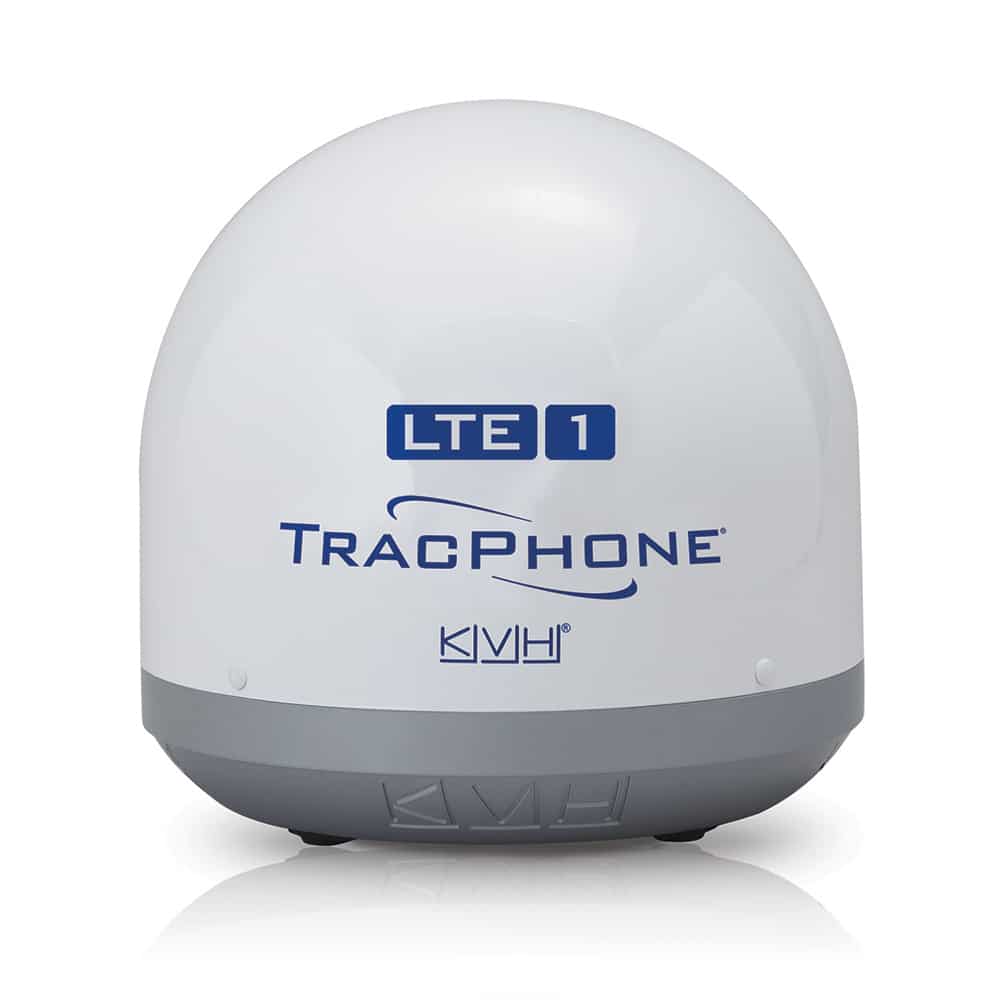
The massive humpback whale surfaced and nonchalantly swam toward Southern Cross, my dad’s J/44, off the port bow, lackadaisically passing within a few feet. Dad’s boat, which weighs more than 11 tons, felt utterly minuscule. Cameras materialized as we killed the engine on that windless August morning off Provincetown, Massachusetts. This was in 2006, so we had no way of sharing our images instantly, and by the time our enormous friend grew bored and dove deep, leaving us to hoist sail in a thinly gathering breeze, our cellphones had gone dark. This whale’s tale would have to stay among friends and family, at least until we crossed the Gulf of Maine and joined Southwest Harbor’s cellular network.
The vast majority of today’s photographs are captured using smartphones with embedded cellular and Wi-Fi modems, allowing images to be shared or cloud-banked — provided that their modest antennas can harness a signal. Contemporary U.S. coastlines have fairly robust cellular service; however, smartphones use line-of-sight antennas that typically reach only 3 to 5 miles offshore, forcing data-hungry boaters to use their satellite-communications equipment once land vanishes astern.
While KVH’s TracPhone LTE-1 isn’t a global communications solution, it provides super-fast, nearshore connectivity over LTE wireless networks for a fraction of the cost of a satcom system, in terms of both hardware and data. And it can be networked with KVH’s mini-VSAT Broadband satellite-communications equipment to deliver cost-effective data based on a yacht’s location and access to network coverage.
“We see the TracPhone LTE-1 as ideal for sailboats and powerboats that are 25 feet and up that spend a majority of their time within 20 miles of the coast,” says Shawn Bennett, KVH’s TracVision product-line manager.
The KVH TracPhone LTE-1 comes bundled in a 13.5-by-13.3-inch dome delivering LTE reception, which it can share with as many as 30 connected wireless devices using its built-in Wi-Fi router up to 20 miles offshore of the U.S. coastline. This is accomplished via the Wi-Fi router, a GPS receiver and the dome’s enclosed 2×2 multiple input, multiple output (MIMO), high-gain LTE-A antenna array, allowing the system to operate on LTE-A, LTE, HSPA+ and 3G cellular networks. A 50-foot power and data cable runs to a belowdecks power-over-Ethernet injector with an Ethernet output port.
Once connected to an onshore cellular network, users can stream high-definition video, live TV and music; post to social media; check email and use Wi-Fi to send and receive voice calls.
“They can use this cellular-based product to simply stay in touch, stream a favorite show when at anchor, or enjoy the peace of mind of having reliable connectivity when cruising overnight,” Bennett says.
Data transmissions are sent over encrypted cellular networks to help ensure user privacy. In addition, Bennett says, “the high-gain dual MIMO LTE-A antenna array inside the dome provides significantly extended range compared to cellphones.”
Here, as with all antenna-based communications, the higher an antenna can be mounted, the better. KVH’s specs assume 20 feet of freeboard separating the antennas from the brine, as well as an unobstructed line-of-sight view toward the nearest cell tower.
In terms of performance metrics, the TracPhone LTE-1 supports data download speeds of up to 100 megabits per second and upload speeds of 50 Mbps.

Dealing Data
“The TracPhone LTE-1 harnesses the power of the LTE-A networks, which deliver those speeds to data-hungry customers on land,” Bennett says. But “as on land, maximum data speeds are affected by many factors, the biggest being network congestion.”
For example, cellular traffic can get congested at popular marinas on prime summer weekends, especially as the same land-based cellular towers are servicing myriad terrestrial-based users.
“If there’s a situation with multiple devices and everyone streaming a movie on several boats in one area, there will be some impact,” he adds. “That said, cellular carriers are adding capacity to their networks all the time to meet demand on land, and boaters will only benefit from that additional capacity.”
KVH’s LTE-1 works with two major, but undisclosed, U.S. cellular carriers’ networks that primarily operate on LTE-A and LTE communication standards; however, it does this using a single SIM card, meaning that it can only be connected to a single network at once.
“The TracPhone LTE-1 is configured to use dual cellular carriers and to automatically switch between those carriers to ensure signal coverage,” Bennett says.
For its initial rollout, the TracPhone LTE-1 will only work on U.S. waters, but the Middletown, Rhode Island-based manufacturer plans to expand its LTE horizons. “With our future plans to go beyond U.S. waters with the TracPhone LTE product,” Bennett says, “we will explore LTE solutions with multiple SIM cards.”
While the LTE-1 is designed to appeal to coastal and Great Lakes cruisers, it will also provide faster, cheaper data to existing mini-VSAT Broadband customers.
“We designed the TracPhone LTE-1 to work seamlessly with our VSAT systems,” Bennett says, adding that once a TracPhone LTE-1 is networked with a mini-VSAT Broadband dome, “KVH systems can be configured to provide seamless, least-cost routing, so the customer will receive the most affordable connectivity at any given time while on the water.”
To achieve this system flexibility, users must pay an initial configuration fee and buy KVH’s CommBox Service Bundle subscription, costs that are offset by the low per-gigabyte price of transmitting data over cellular — rather than satellite — networks, especially for habitually data-heavy users.
So, if you’re in the market for a fast and more affordable way to bridge your vessel’s satellite-communications equipment with your personal smartphone, or if you’re interested in using a long-distance cellular router as your primary means of maintaining cloud cover while boating, then KVH’s TracPhone LTE-1 could be worth consideration. Not only can it help you share your latest encounters from much farther offshore than with a smartphone antenna, but it does so without overtaxing the cruising kitty.








